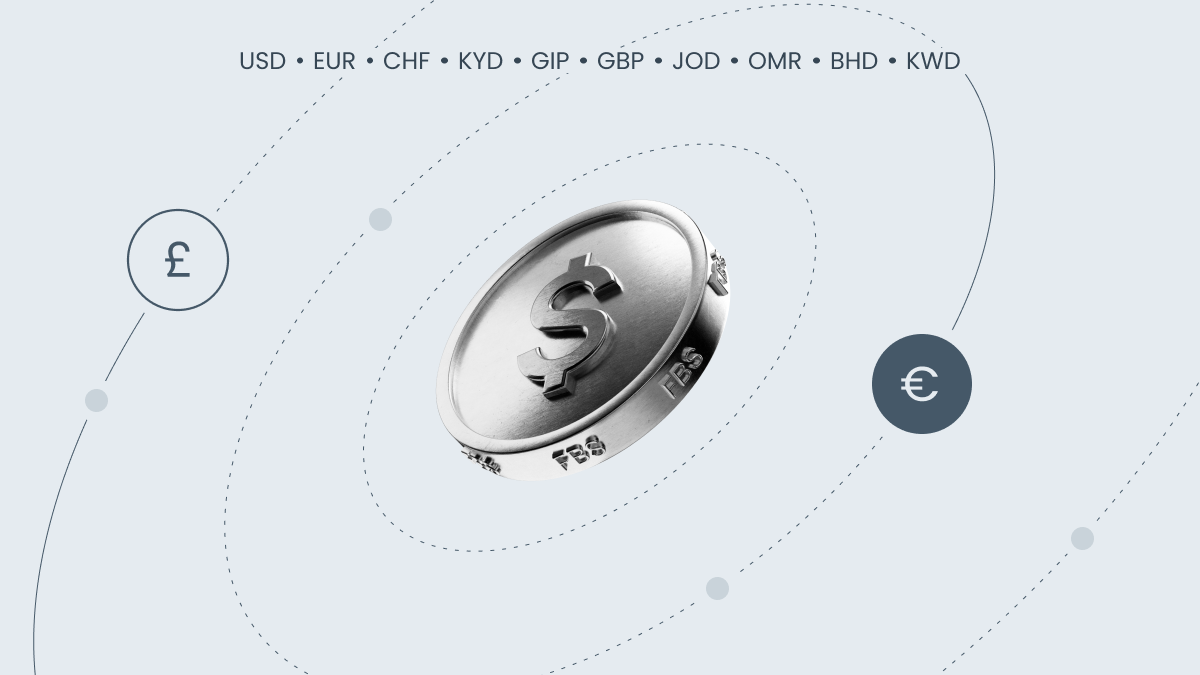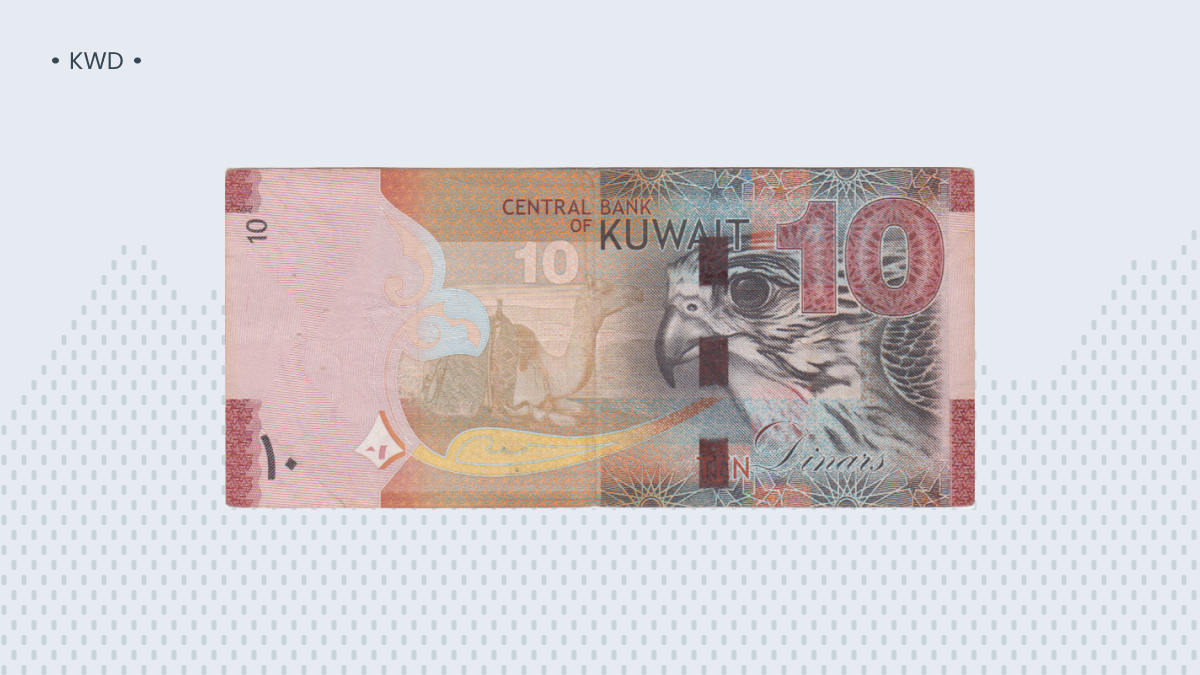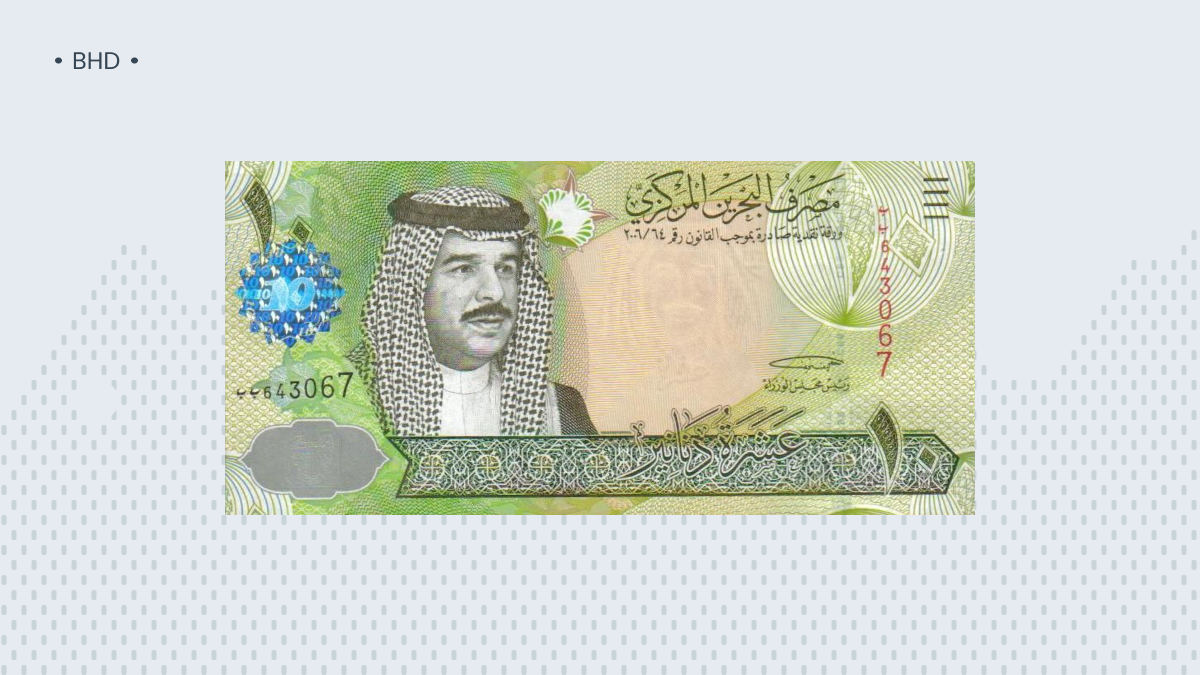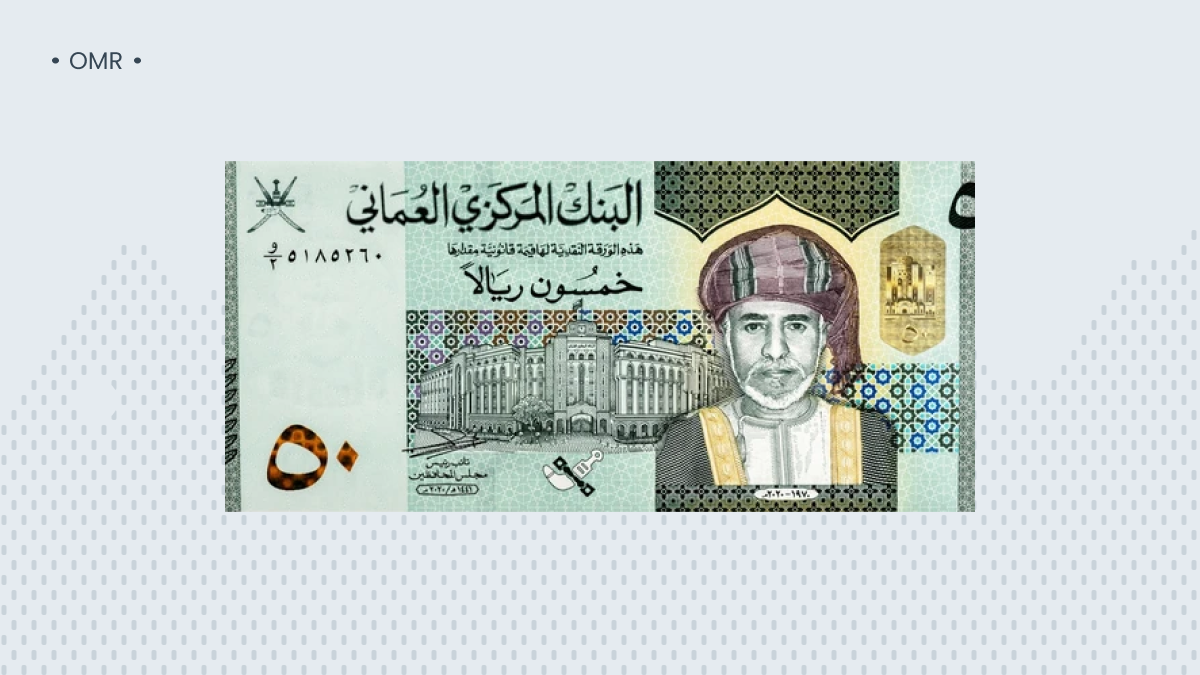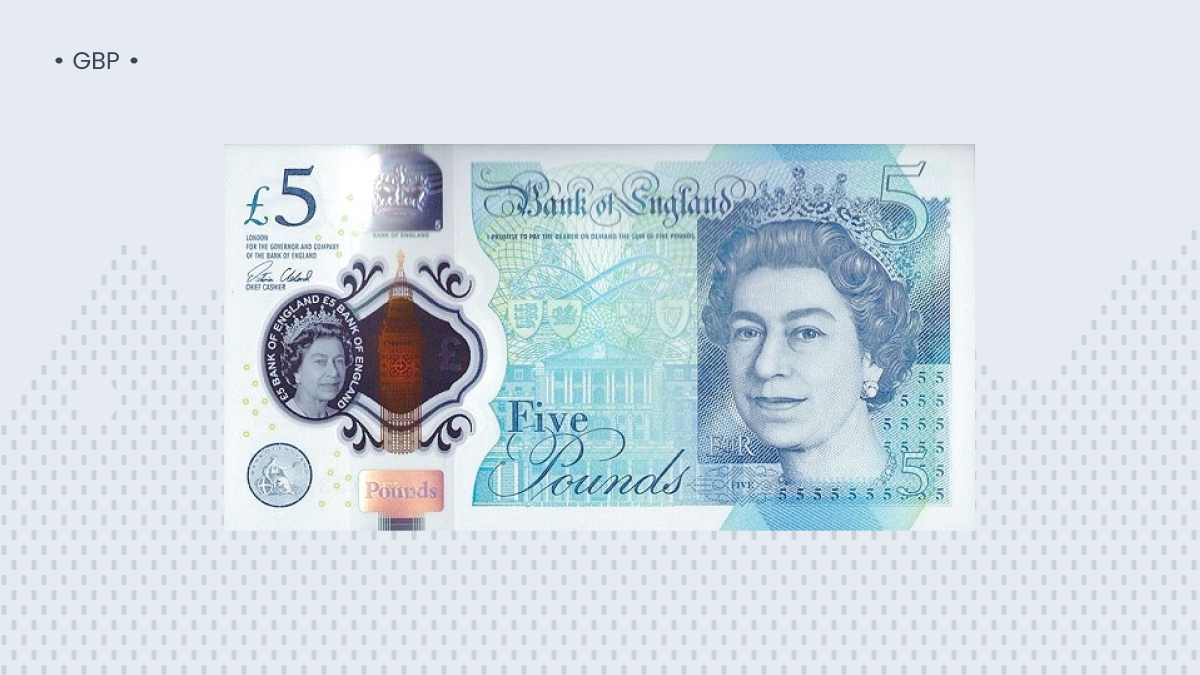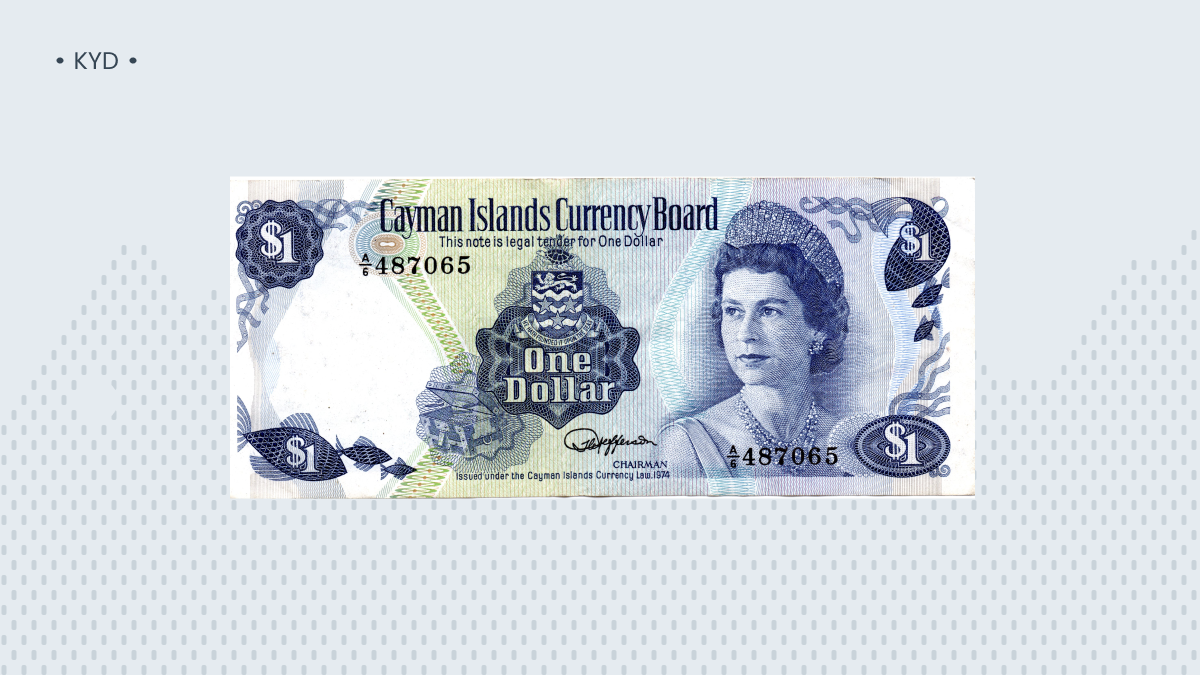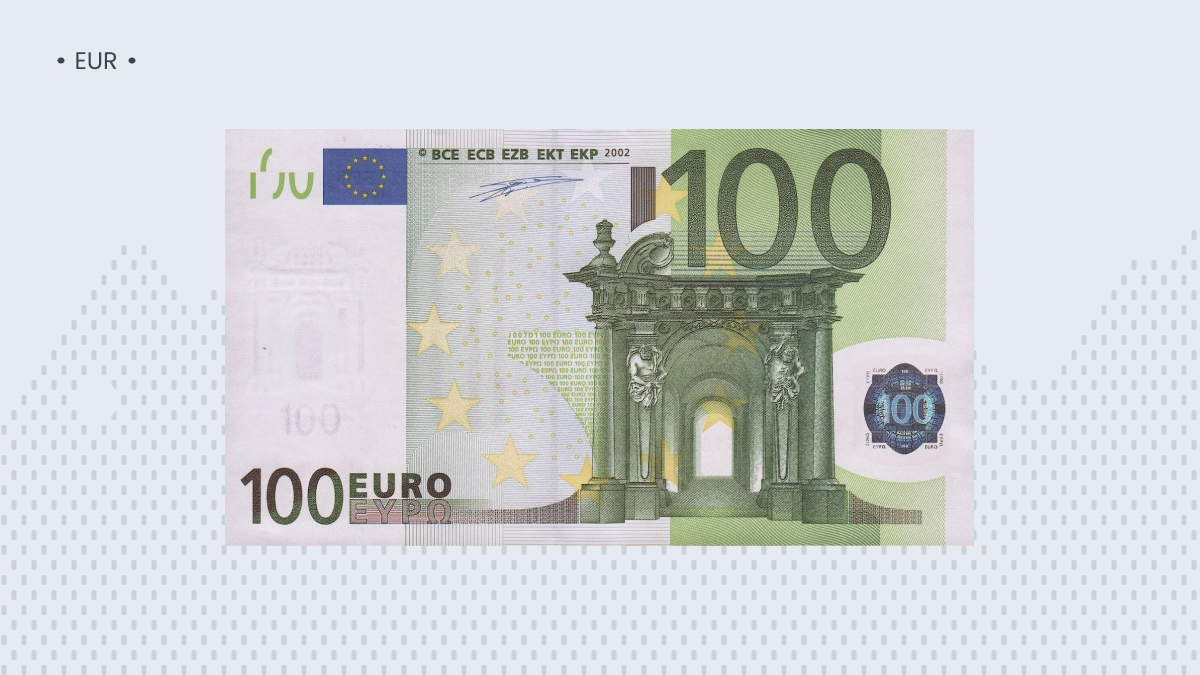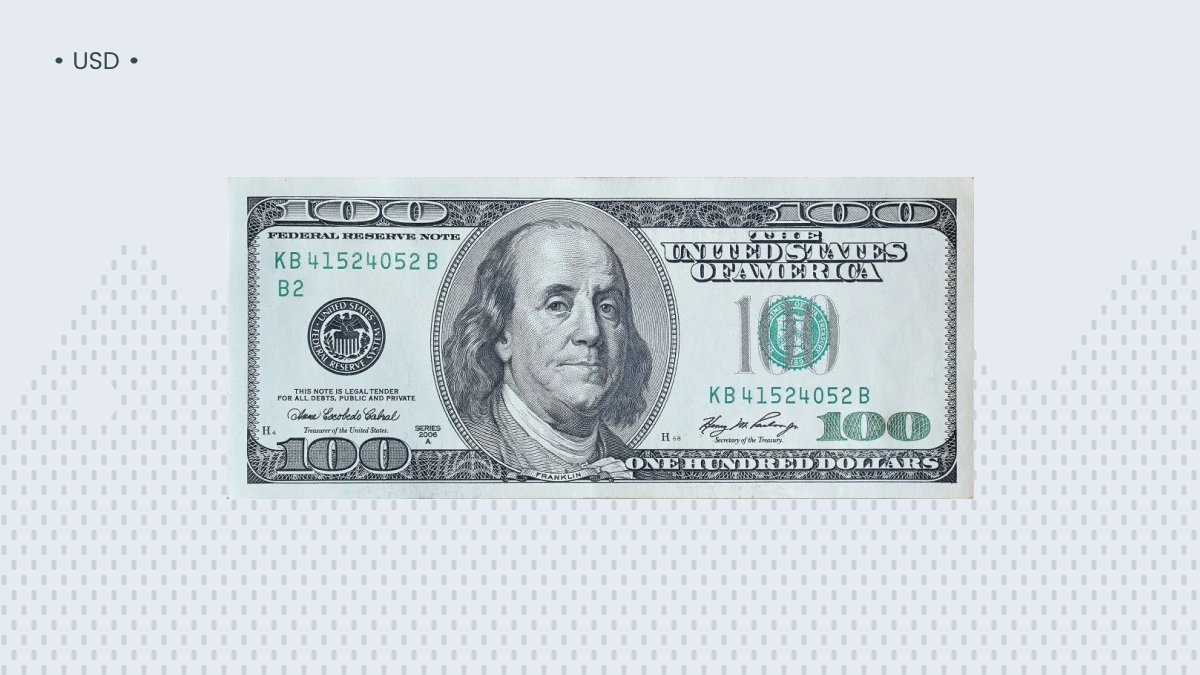The currency of the United States is a primary reserve currency of the world economy. That means that among the strongest currencies, it is a common standard against which many others are measured. 70% of all paper US dollars are outside the United States.
The population of the US is approximately the same as that of the eurozone. Nine countries use the US dollar informally, and 20 do so formally. In 1971, the currency was no longer internationally convertible to gold.
In contrast to its European British counterpart, the US dollar is not allowed by law to depict the portrait of a living political leader. All the people whose faces appear on the currency are deceased.
Summary
A whole slew of different events, ranging from political shifts to natural phenomena and changing economic circumstances, can bring rapid economic change to individual countries and the world at large. With these shifts, the pecking order of the world’s strongest currencies may change. From year to year, the exact ranking of the top 10 currencies may look different.
Likewise, the currencies’ values are always fluctuating in much shorter time frames — often enough for traders to take advantage of them to make profits. The broker FBS provides its clients with over 72 currency pairs for trading, including the strongest currencies, the most popular forex pairs, and forex exotics. It also provides educational materials and analysis, low spreads, and high leverage to help traders succeed. With FBS, it’s easy to harness even the slightest price shifts to your benefit.
If you are new to trading on the foreign exchange market (forex), FBS offers a forex trading demo account, where you can learn to trade risk-free, using virtual money that cannot be lost. Once you’re ready, open a real account and trade on attractive terms with FBS.
